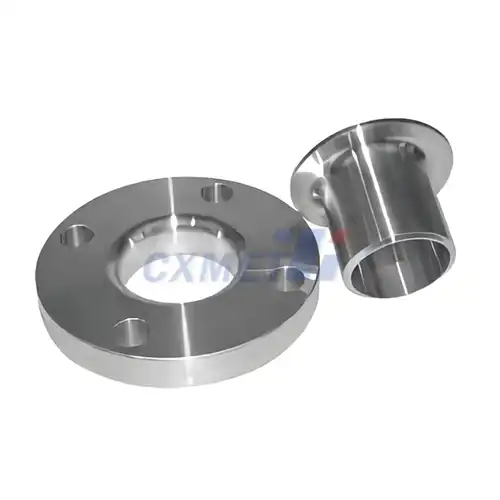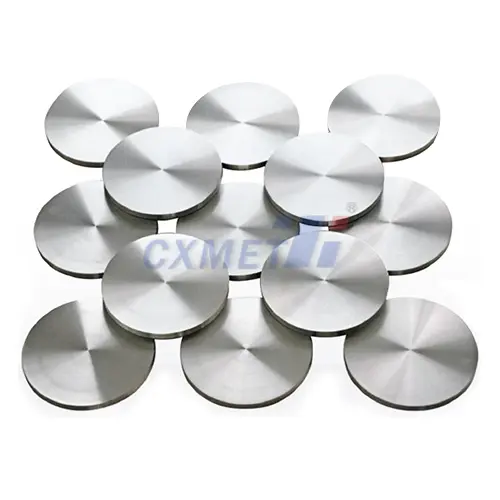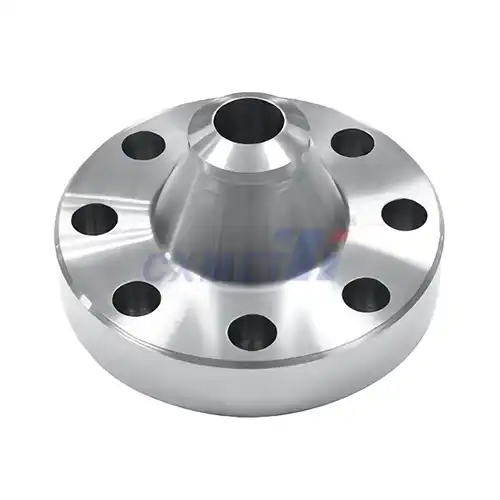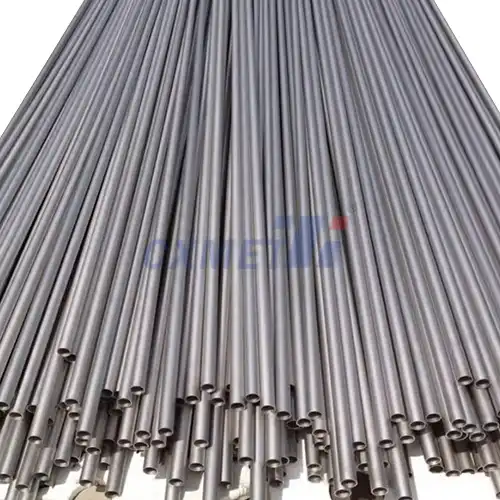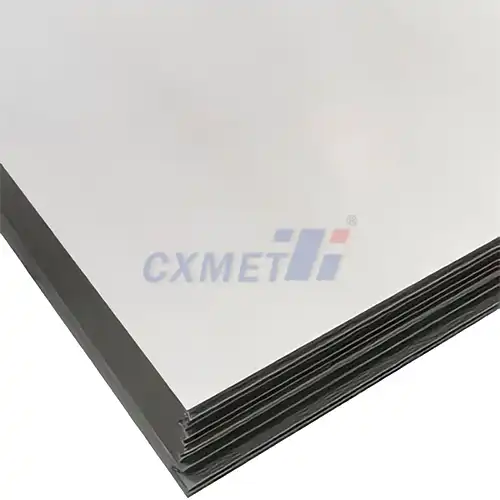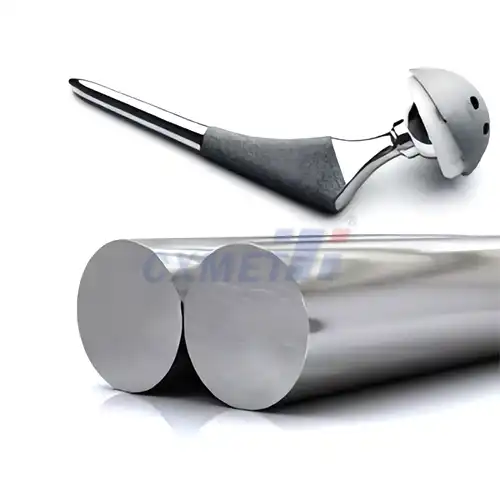- English
- French
- German
- Portuguese
- Spanish
- Russian
- Japanese
- Korean
- Arabic
- Greek
- German
- Turkish
- Italian
- Danish
- Romanian
- Indonesian
- Czech
- Afrikaans
- Swedish
- Polish
- Basque
- Catalan
- Esperanto
- Hindi
- Lao
- Albanian
- Amharic
- Armenian
- Azerbaijani
- Belarusian
- Bengali
- Bosnian
- Bulgarian
- Cebuano
- Chichewa
- Corsican
- Croatian
- Dutch
- Estonian
- Filipino
- Finnish
- Frisian
- Galician
- Georgian
- Gujarati
- Haitian
- Hausa
- Hawaiian
- Hebrew
- Hmong
- Hungarian
- Icelandic
- Igbo
- Javanese
- Kannada
- Kazakh
- Khmer
- Kurdish
- Kyrgyz
- Latin
- Latvian
- Lithuanian
- Luxembou..
- Macedonian
- Malagasy
- Malay
- Malayalam
- Maltese
- Maori
- Marathi
- Mongolian
- Burmese
- Nepali
- Norwegian
- Pashto
- Persian
- Punjabi
- Serbian
- Sesotho
- Sinhala
- Slovak
- Slovenian
- Somali
- Samoan
- Scots Gaelic
- Shona
- Sindhi
- Sundanese
- Swahili
- Tajik
- Tamil
- Telugu
- Thai
- Ukrainian
- Urdu
- Uzbek
- Vietnamese
- Welsh
- Xhosa
- Yiddish
- Yoruba
- Zulu
How Do the Microstructure and Mechanical Properties of Ti13Nb13Zr Alloy Form?
2024-08-15 17:53:04
The formation of microstructure and mechanical properties in Ti13Nb13Zr alloy is a complex process that has garnered significant attention in the field of materials science and engineering. This titanium-based alloy, composed of 13% niobium and 13% zirconium, has emerged as a promising material for various applications, particularly in the biomedical industry. Understanding how its unique microstructure and mechanical properties develop is crucial for optimizing its performance and expanding its potential uses. In this blog post, we will explore the intricacies of Ti13Nb13Zr alloy formation and delve into some frequently asked questions about Ti13Nb13Zr rods.
What are the key factors influencing the microstructure of Ti13Nb13Zr rods?
The microstructure of Ti13Nb13Zr rods is influenced by several key factors, each playing a crucial role in determining the final properties of the alloy. One of the primary factors is the composition of the alloy itself. The specific percentages of titanium, niobium, and zirconium create a unique combination that affects the phase transformations and grain structure during processing.
The processing parameters employed during the production of Ti13Nb13Zr rods significantly impact the resulting microstructure. These parameters include the melting and casting techniques, as well as subsequent thermomechanical treatments. For instance, the cooling rate during solidification can greatly influence the grain size and distribution of phases within the alloy. Rapid cooling typically results in finer grains and a more homogeneous microstructure, while slower cooling can lead to larger grains and potentially more segregation of alloying elements.
Heat treatment is another critical factor in shaping the microstructure of Ti13Nb13Zr rods. Various heat treatment protocols, such as solution treatment and aging, can be applied to modify the phase composition and distribution. Solution treatment at high temperatures followed by quenching can retain a metastable β phase, while subsequent aging treatments can promote the formation of fine α precipitates within the β matrix. This process, known as precipitation hardening, contributes to the enhanced mechanical properties of the alloy.
The presence of interstitial elements, such as oxygen and nitrogen, also plays a significant role in the microstructure formation. These elements can stabilize the α phase and affect the β transus temperature, influencing the phase transformations during processing and heat treatment. Careful control of interstitial content is essential to achieve the desired microstructural characteristics.
Furthermore, the deformation history of the material during processing, such as hot working or cold working, can introduce strain energy into the system and promote recrystallization and grain refinement. This can lead to a more uniform and fine-grained microstructure, which is often desirable for improved mechanical properties.
The synergistic effects of these factors result in a complex microstructure typically consisting of a β matrix with dispersed α phase particles. The size, morphology, and distribution of these phases, along with the overall grain structure, determine the mechanical behavior of the Ti13Nb13Zr rods. By carefully controlling and optimizing these influencing factors, researchers and manufacturers can tailor the microstructure to achieve specific property requirements for various applications.
How do the mechanical properties of Ti13Nb13Zr rods compare to other titanium alloys?
Ti13Nb13Zr rods exhibit a unique set of mechanical properties that distinguish them from other titanium alloys, making them particularly suitable for certain applications, especially in the biomedical field. To understand how these properties compare, it's essential to consider various mechanical characteristics and their significance in different contexts.
One of the most notable features of Ti13Nb13Zr rods is their lower elastic modulus compared to many other titanium alloys. The elastic modulus, also known as Young's modulus, is a measure of a material's stiffness. Ti13Nb13Zr typically exhibits an elastic modulus in the range of 60-80 GPa, which is significantly lower than that of commercially pure titanium (approximately 110 GPa) or the widely used Ti6Al4V alloy (110-120 GPa). This lower elastic modulus is advantageous in biomedical applications, particularly for orthopedic implants, as it more closely matches the elastic modulus of human bone (10-30 GPa). This similarity helps to reduce stress shielding effects, which can lead to bone resorption around implants.
In terms of strength, Ti13Nb13Zr rods generally demonstrate good mechanical strength, although it may not be as high as some other titanium alloys. The yield strength of Ti13Nb13Zr can range from 700 to 1000 MPa, depending on the processing and heat treatment conditions. This is comparable to or slightly lower than Ti6Al4V, which typically has a yield strength of 800-1100 MPa. However, the strength-to-weight ratio of Ti13Nb13Zr remains excellent, making it suitable for applications where both strength and low density are required.
The fatigue resistance of Ti13Nb13Zr rods is another important property, especially for components subjected to cyclic loading. While the fatigue strength can vary depending on the specific microstructure and surface condition, Ti13Nb13Zr generally exhibits good fatigue resistance. This property is crucial for long-term implant stability and performance in biomedical applications.
Corrosion resistance is a critical factor for materials used in biological environments. Ti13Nb13Zr rods demonstrate excellent corrosion resistance, comparable to or even better than other titanium alloys. This is due to the formation of a stable oxide layer on the surface, which protects the underlying metal from further corrosion. The addition of niobium and zirconium enhances this passivation behavior, contributing to the alloy's biocompatibility.
When it comes to wear resistance, Ti13Nb13Zr rods typically show improved performance compared to commercially pure titanium. However, they may not match the wear resistance of some other titanium alloys or surface-treated titanium components. This is an area where surface modification techniques, such as nitriding or oxide coatings, can be applied to enhance the wear properties of Ti13Nb13Zr for specific applications.
The ductility and formability of Ti13Nb13Zr rods are generally good, allowing for various manufacturing processes to be employed in shaping the material. This property, combined with its lower elastic modulus, makes it easier to work with in certain applications compared to stiffer titanium alloys.
It's important to note that the mechanical properties of Ti13Nb13Zr rods can be tailored to some extent through processing and heat treatment. This flexibility allows for the optimization of properties for specific applications, balancing strength, ductility, and other characteristics as needed.
What are the primary applications of Ti13Nb13Zr rods in the medical industry?
Ti13Nb13Zr rods have found extensive use in the medical industry, particularly in orthopedic and dental applications, due to their unique combination of mechanical properties and biocompatibility. The primary applications of these alloy rods in the medical field are diverse and continue to expand as research progresses.
One of the most significant applications of Ti13Nb13Zr rods is in orthopedic implants, specifically for joint replacements such as hip and knee prostheses. The lower elastic modulus of this alloy, which more closely matches that of human bone, makes it an excellent choice for these load-bearing applications. This property helps to reduce stress shielding effects, which can lead to bone resorption around the implant. The use of Ti13Nb13Zr in these applications can potentially lead to longer-lasting implants and improved patient outcomes.
Spinal fusion devices represent another crucial application area for Ti13Nb13Zr rods. These devices, used to stabilize the spine and promote fusion between vertebrae, benefit from the alloy's combination of strength and biocompatibility. The rods can be used in various spinal fusion systems, including pedicle screw constructs and interbody fusion cages. The material's properties allow for the design of implants that provide adequate support while minimizing the risk of adverse tissue reactions.
In the field of dentistry, Ti13Nb13Zr rods are utilized in the production of dental implants. The alloy's excellent osseointegration properties, combined with its corrosion resistance and mechanical strength, make it suitable for long-term dental restorations. Dental implants made from Ti13Nb13Zr can provide a stable foundation for prosthetic teeth, offering patients a durable and biocompatible solution for tooth replacement.
Fracture fixation devices, such as bone plates and intramedullary nails, represent another important application of Ti13Nb13Zr rods. These devices are used to stabilize bone fractures and promote healing. The alloy's strength and fatigue resistance ensure that the fixation devices can withstand the mechanical loads associated with bone healing, while its biocompatibility minimizes the risk of adverse reactions.
Ti13Nb13Zr rods are also employed in the manufacture of various surgical instruments. The material's corrosion resistance and ability to maintain a sharp edge make it suitable for instruments that require repeated sterilization and long-term use. Additionally, the non-magnetic nature of the alloy allows for its use in instruments compatible with magnetic resonance imaging (MRI) procedures.
In the realm of cardiovascular medicine, Ti13Nb13Zr has found applications in the production of heart valve components and stents. The alloy's excellent corrosion resistance in biological fluids and its hemocompatibility make it suitable for these critical applications where long-term performance and biocompatibility are essential.
As research in regenerative medicine and tissue engineering advances, Ti13Nb13Zr rods are being explored for use in scaffolds and templates for tissue regeneration. The material's biocompatibility and ability to be fabricated into porous structures make it a promising candidate for applications where controlled tissue ingrowth is desired.
The use of Ti13Nb13Zr in medical devices extends beyond traditional implants and instruments. The alloy is also being investigated for use in drug delivery systems, where its corrosion resistance and biocompatibility can be leveraged to create long-term implantable drug reservoirs or controlled release mechanisms.
It's worth noting that the applications of Ti13Nb13Zr rods in the medical industry are not limited to off-the-shelf products. The alloy's properties allow for the creation of custom, patient-specific implants through advanced manufacturing techniques such as 3D printing. This capability opens up new possibilities for personalized medicine and complex reconstructive surgeries.
As research continues and manufacturing techniques evolve, the applications of Ti13Nb13Zr rods in the medical industry are likely to expand further. The ongoing development of surface modification techniques and composite materials incorporating Ti13Nb13Zr may lead to even more advanced medical devices with enhanced functionality and biocompatibility.
At SHAANXI CXMET TECHNOLOGY CO., LTD, we take pride in our extensive product range, which caters to diverse customer needs. Our company is equipped with outstanding production and processing capabilities, ensuring the high quality and precision of our products. We are committed to innovation and continuously strive to develop new products, keeping us at the forefront of our industry. With leading technological development capabilities, we are able to adapt and evolve in a rapidly changing market. Furthermore, we offer customized solutions to meet the specific requirements of our clients. If you are interested in our products or wish to learn more about the intricate details of our offerings, please do not hesitate to contact us at sales@cxmet.com. Our team is always ready to assist you.
References:
1. Geetha, M., Singh, A. K., Asokamani, R., & Gogia, A. K. (2009). Ti based biomaterials, the ultimate choice for orthopaedic implants – A review. Progress in Materials Science, 54(3), 397-425.
2. Niinomi, M. (2008). Mechanical biocompatibilities of titanium alloys for biomedical applications. Journal of the Mechanical Behavior of Biomedical Materials, 1(1), 30-42.
3. Prasad, S., Ehrensberger, M., Gibson, M. P., Kim, H., & Monaco, E. A. (2015). Biomaterial properties of titanium in dentistry. Journal of Oral Biosciences, 57(4), 192-199.
4. Wang, K. (1996). The use of titanium for medical applications in the USA. Materials Science and Engineering: A, 213(1-2), 134-137.
5. Long, M., & Rack, H. J. (1998). Titanium alloys in total joint replacement—a materials science perspective. Biomaterials, 19(18), 1621-1639.
6. Biesiekierski, A., Wang, J., Abdel-Hady Gepreel, M., & Wen, C. (2012). A new look at biomedical Ti-based shape memory alloys. Acta Biomaterialia, 8(5), 1661-1669.
7. Kuroda, D., Niinomi, M., Morinaga, M., Kato, Y., & Yashiro, T. (1998). Design and mechanical properties of new β type titanium alloys for implant materials. Materials Science and Engineering: A, 243(1-2), 244-249.
8. Elias, C. N., Lima, J. H. C., Valiev, R., & Meyers, M. A. (2008). Biomedical applications of titanium and its alloys. JOM, 60(3), 46-49.
9. Brånemark, P. I., Hansson, B. O., Adell, R., Breine, U., Lindström, J., Hallén, O., & Öhman, A. (1977). Osseointegrated implants in the treatment of the edentulous jaw. Experience from a 10-year period. Scandinavian Journal of Plastic and Reconstructive Surgery. Supplementum, 16, 1-132.
10. Niinomi, M., Nakai, M., & Hieda, J. (2012). Development of new metallic alloys for biomedical applications. Acta Biomaterialia, 8(11), 3888-3903.
